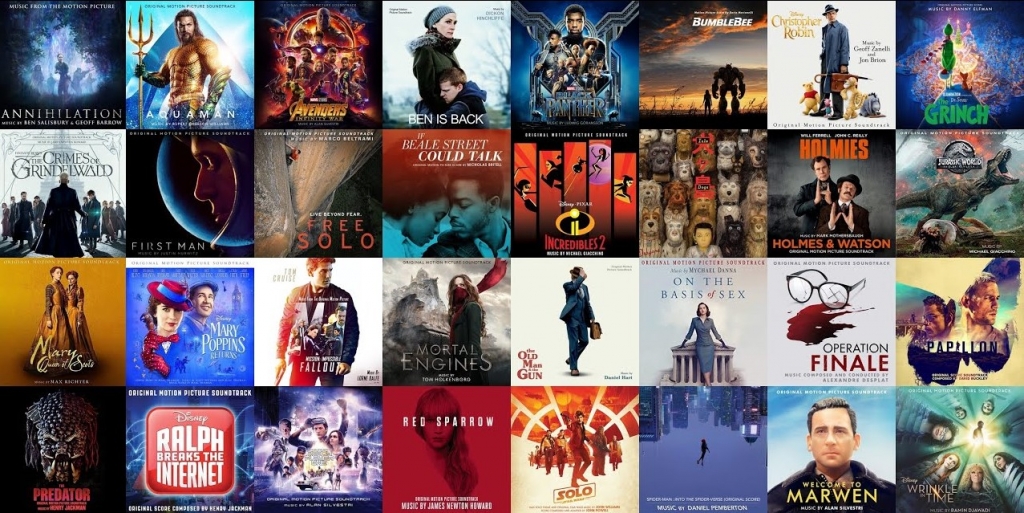Het arrangement Introducing Unit 4: editing and its learning objectives. is gemaakt met Wikiwijs van Kennisnet. Wikiwijs is hét onderwijsplatform waar je leermiddelen zoekt, maakt en deelt.
- Auteur
- Laatst gewijzigd
- 31-01-2021 17:32:17
- Licentie
-
Dit lesmateriaal is gepubliceerd onder de Creative Commons Naamsvermelding 4.0 Internationale licentie. Dit houdt in dat je onder de voorwaarde van naamsvermelding vrij bent om:
- het werk te delen - te kopiëren, te verspreiden en door te geven via elk medium of bestandsformaat
- het werk te bewerken - te remixen, te veranderen en afgeleide werken te maken
- voor alle doeleinden, inclusief commerciële doeleinden.
Meer informatie over de CC Naamsvermelding 4.0 Internationale licentie.
Aanvullende informatie over dit lesmateriaal
Van dit lesmateriaal is de volgende aanvullende informatie beschikbaar:
- Toelichting
- Project made for teacher training. I designed four lessons about different sorts of editing done to make a movie. Students learn about the different subjects of editing combined with grammar, receptive and productive skills.
- Leerniveau
- VMBO theoretische leerweg, 4;
- Leerinhoud en doelen
- Luisteren naar tv, video- en geluidsopnames; Engels; Dagelijks leven; Lezen; Kunst en cultuur; Lezen om informatie op te doen; Audiovisuele vormgeving; Muziek; Aantekeningen, berichten, formulieren; Luisteren en kijken; Schrijven; Vrij schrijven (Engels);
- Eindgebruiker
- leerling/student
- Moeilijkheidsgraad
- gemiddeld
Bronnen
| Bron | Type |
|---|---|
|
Assignment 1 - Foley Artists: How Movie Sound Effects Are Made https://www.youtube.com/watch?v=U_tqB4IZvMk |
Video |
|
Assignment 2 - Music in Film https://youtu.be/bCpYbSz1KqE?start=15&end=282 |
Video |
|
Assignment 2 - Why CGI Sucks https://www.youtube.com/watch?v=bL6hp8BKB24 |
Video |
|
Assignment 3 - Mulan https://www.youtube.com/watch?v=KK8FHdFluOQ&feature=youtu.be |
Video |
|
Assignment 1 - Practical Effects https://www.youtube.com/watch?v=sjALn5w_Szg&feature=youtu.be |
Video |
|
Quizlet Vocab Unit 4: Editing http://https://quizlet.com/_9d0dcf?x=1jqt&i=3554nh |
Link |
|
YouTube Channel about film techniques, editing and effects. - RocketJumpFilmSchool https://www.youtube.com/user/RJFilmSchool |
Link |
|
YouTube Channel about film techniques, editing and effects. - StudioBinder https://www.youtube.com/c/StudioBinder/featured |
Link |
|
YouTube Channel about film techniques, editing, effects and analyses. - Filmriot http://https://www.youtube.com/user/filmriot |
Link |
|
Blog about filmmaking - Filmmakermagazine http://https://filmmakermagazine.com/ |
Link |
|
Blog about filmmaking - Fandor http://https://www.fandor.com/posts |
Link |





